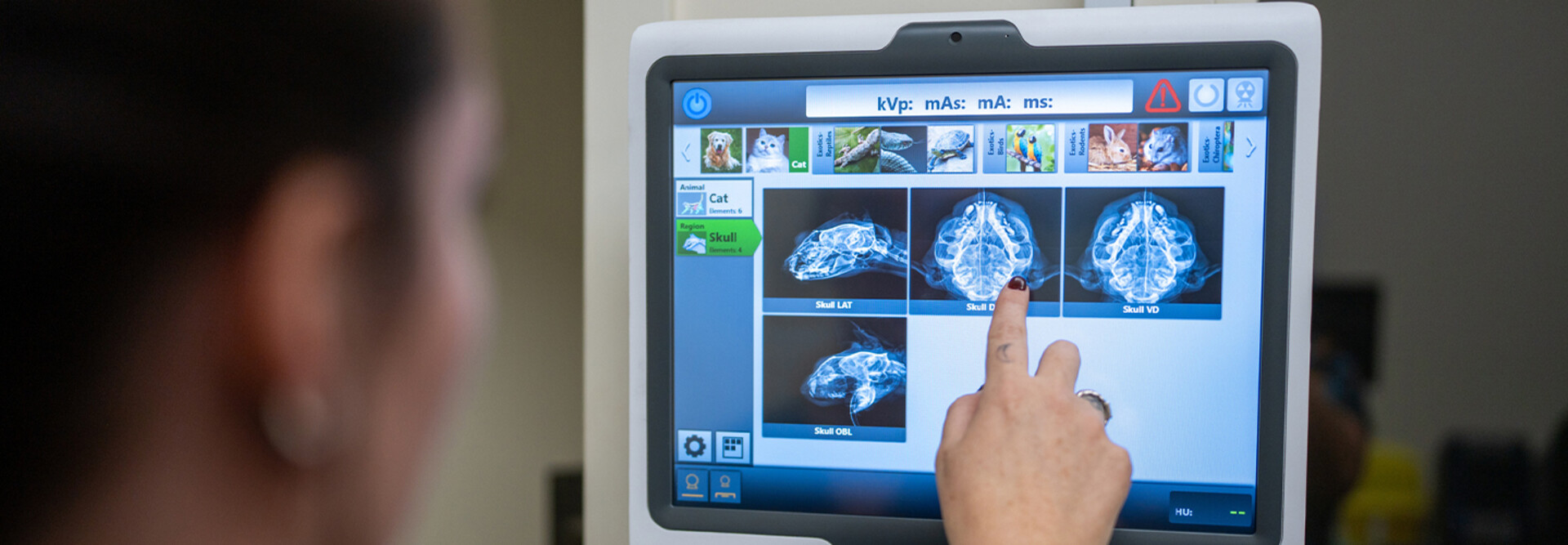Generative AI Helps Kids Manage Their Diabetes
Diabetes can lead to complications such as amputations, blindness and heart attacks if blood sugar is not managed properly. For young children with type 1 diabetes, a lifelong condition, it’s important to teach them to understand and manage their condition early.
Steven Silvers, game developer and research assistant at Harvard University, helped to develop a serious game, a video game designed for education purposes, focused on creating a more accessible and personalized learning experience for children with type 1 diabetes. The T1D Learning Camp game allows the child to converse, play and explore.
In the conversational sections, the child interacts with game characters to have real conversations powered by generative AI, according to Silvers. The developers manually mapped out hundreds of thousands of conversation pathways so the AI can create tailored responses in real time. First, the child goes through a preprogrammed section of the game to learn a new concept, such as which foods provide a slow, steady rise in blood sugar and which create a spike. Then, generated AI conversations occur after those lessons to check the child’s understanding of the concept and how it relates to their daily life. The children can also talk about their experiences with in-game characters.
READ MORE: Generative AI help clinicians interpret ABG test results.
Silvers explained that the game was created with Godot, an open-source game engine, and connects with Amazon Bedrock to support the generative AI functionality. According to an AWS article about the game, “To manually start the connection, Amazon API Gateway is configured to call an AWS Lambda function using Python to invoke Amazon Bedrock APIs and return results to Godot.”
Because young children cannot read and type, the game relies on speech to text and text to speech. Amazon Polly and Amazon Transcribe facilitate the game’s speaking and listening functionality while Amazon Translate makes the game accessible to children who don’t speak English, Silvers explained.
The game also leverages Amazon Titan with Guardrails and the Amazon Titan Image Generator foundation model to personalize the game. Paired with these tools, Amazon Nova Canvas and retrieval augmented generation, the game is able to understand different cultures and their diets. It can create food images in a playful style similar to that used in the game, based on the child’s culture and diet.
“These are ways AI can be used to create a more accessible experience. It’s a more fun and effective way to teach children how to manage their blood sugar that can lead to healthier and happier lives free of diabetes complications,” said Silvers.
EXPLORE: Prepare data for AI implementation in healthcare.
Hybrid AI-Powered Search Engine Improves Data Accessibility
Physicians are often battling with electronic health records in their attempts to find relevant information, said Dr. Dinesh Rai, clinical AI engineer at the Innovation and Digital Health Accelerator at Boston Children’s Hospital.
Many EHRs allow only a certain number of search parameters, and information stored in data lakes isn’t accessible at the bedside. Rai and his team’s goal was to allow the most advanced physicians caring for the most complicated patients to search historic data to get a better idea of what journey their patient may be on and how to best treat them.
To do this, the team turned to AI-powered hybrid search.
“We run through a whole series of steps to take a query from a physician and create an object that can be used in the search,” said Rai.
Creating patient cohorts is a major part of the process. Finding patients based on certain inclusion and exclusion criteria used to be a manual process, but Rai and his team have been working to automate it to make the search quicker and more accurate. Another benefit of AI-powered hybrid search is that it can provide insights on patients in clinic and the ER, expanding the search to the full patient population rather than just one section of patients.













